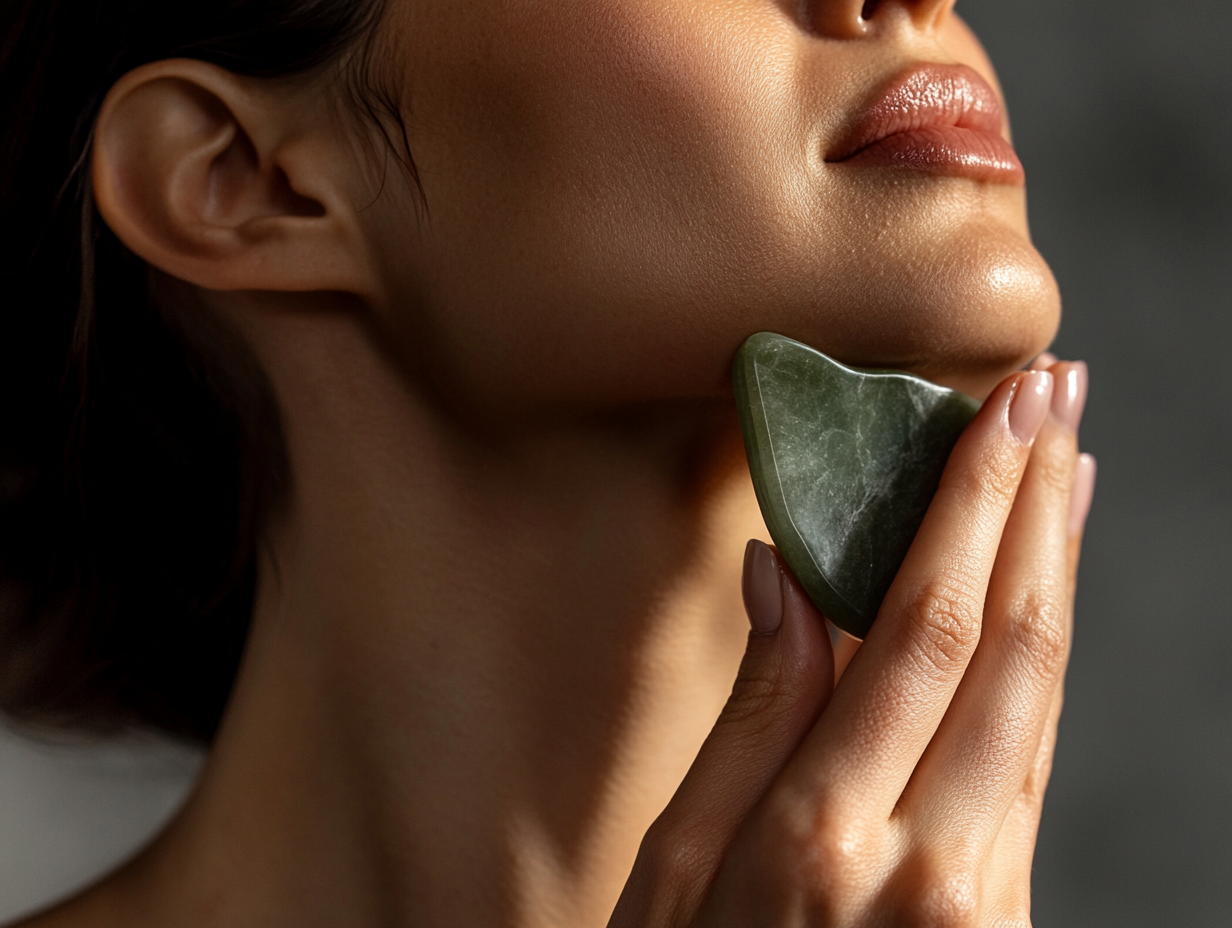HOW TO PROTECT YOUR MICROBIOME AND LIVE YOUR BEST (MOST RADIANT) LIFE
Published: 02.08.2022
6 MIN READ
As a quick refresh, your microbiome is an ecosystem of bacteria that lives primarily in the gut, but also on the skin’s surface. Your microbiome works to protect you against pathogens that could compromise your gut, skin and, well, your overall health.
The microbiome is the home to microbes; trillions of bacteria, viruses, fungi, and other micro-organisms that support optimal digestion, regulate your immune system, and protect against other bacteria that can cause disease, amongst other things.

Your skin microbiome works to keep your skin healthy, which includes protecting against collagen degradation and supporting cell turnover. And, with your skin being the largest organ in your body, it is also the first line of defense when it comes to your overall health and wellbeing.
It is constantly interacting with everything you come into contact with, from dirty surfaces, to environmental debris, to airborne bacteria. Your skin microbiome helps protect against everything from infection, to illness, to UV radiation, and pollution, while also serving to nourish your skin cells and prevent water loss, also known as TEWL.
In short, you could say your microbiome is one of the most critical factors in optimizing your beauty, wellness, and overall health.
Now that we’re on the same page and we agree that the microbiome is like a glorious pot of precious jewels that need to be protected at all costs, let’s get to the meat of this blog and talk about how we can protect and nourish it every day.

Three ways to support a healthy microbiome
1. Nutrition
In the last microbiome blog, I wrote about the difference between prebiotics, probiotics, and postbiotics. These are all super important factors in promoting a healthy microbiome, and the great news is you can easily add them into your diet without much effort!
Prebiotics come from fibre in foods like almonds, chickpeas, oranges, garlic, and oats that help stimulate good bacteria in your gut.
Probiotics are live bacteria that support a healthy microbiome. Probiotic supplements have been popularized in recent years and if you’re taking good quality ones, you should be in good hands, but that doesn’t mean you shouldn’t aim to add some natural sources like kefir, sauerkraut, and kimchi into your diet as well.
Finally, postbiotics are the healthy bi-products produced by probiotics after they consume prebiotics, so if you’re getting ample pre and probiotics, you can rest assured that you’re producing adequate postbiotics.
On the flip side, avoiding processed foods, deli meat, fast food, alcohol (sorry, I know, I love wine too), and foods high in sugar, will also help protect your microbiome by providing a healthy environment that allows the good micro-organisms to thrive.

2. Products
Fair warning, I may get heated on this topic; for far too long, skin care products have completely neglected the health of your skin barrier and microbiome, blatantly stripping it without a care, leaving your skin feeling perhaps, ‘squeaky clean’, but also inflamed, dehydrated, and, basically vandalized.
These negligent products strip your skin’s barrier and disrupt your skin’s microbiome, which can lead to severe dehydration, cause your skin to become inflamed, promote cystic acne, and potentially – in products like good old Proactiv – increase the possibility of premature aging.
So there’s that.
Recently, brands have started developing plant-based products, which I was initially thrilled about, until I took a closer look at the ingredients in many of the popular brands, and realized that the ‘plant-based’ portion of their ingredients were almost null and void.
To go further, many of these popular plant-based brands actually contain a plethora of potentially harmful (at worst) or simply unnecessary (at best) ingredients in their products, which definitely do not support the skin’s microbiome.
That’s why we took matters into our own hands, and formulated our own (actually) 100% plant-based, microbiome friendly and non-stripping oil cleansers.
But, your skin doesn’t stop at your face. So, be sure to really look at the ingredients in all of your products; moisturizers, soaps, shampoos and conditioners, and even the cleaning products you use around the house. Some things may have some strange sounding chemicals in them, but if you’re unsure of the safety, look them up on EWG.
It is nearly impossible to be perfect, but by consciously choosing non-disruptive, plant-based products and reading ingredient labels closely, your skin microbiome will thank you.

3. Sleep
Surprise, surprise, we’re back to this topic: sleep. I won’t get into the endless list of things that sleep affects in your life. Sleep is the queen of the jungle, and when you don’t prioritize it, it wreaks havoc on every part of your body, including, unsurprisingly, your microbiome.
A study from 2014, showed that an unbalanced circadian rhythm can alter intestinal microbiota. Another study showed that those who slept well had a more diverse microbiome. A diverse microbiome is crucial to your overall health, and a lack of diversity is associated with other health issues, like autoimmune diseases, as well as anxiety and depression.
While sleep isn’t always an easy mountain to summit, there a a number of things you can do to try and improve your sleep quality, such as sleeping in a dark room, restricting screen time, meditating or journaling before bed, using heat therapy, and having a consistent nighttime routine to help you wind down.
One of the most important things to keep in mind when you’re trying to improve your sleep is to try not to beat yourself up about it when things don’t go exactly as planned (and yes, I know this is easier said than done).
Try to be patient with yourself. If you sleep like crap tonight, try again tomorrow. Play around with a few different routines and rituals, like baths, face massages, meditation, white noise, and stretching, until you find a combination that works for you.
There are many more little things you can do to support your microbiome, but if you start with focusing on these three areas, you’ll undoubtedly be way ahead of the pack and your wonderfully diverse microbiome (and all the little microbes within it) will thank you.




